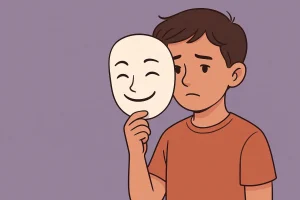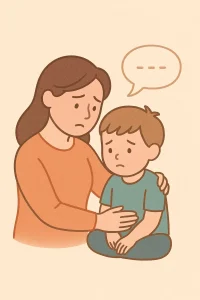Empowering Routines – The Power of Visual Schedules
By Rajini D
Last Updated: November 8, 2023
Autism spectrum disorders often come with unique strengths, and one such area is visual processing. People with autism tend to excel in tasks involving visual detection and identification. This can be harnessed in multiple ways to aid their learning and communication.
The Power of Pictures
Autistic children often think in pictures, making visual aids particularly effective for them. These concrete visuals aid in understanding and training, reducing potential anxiety.
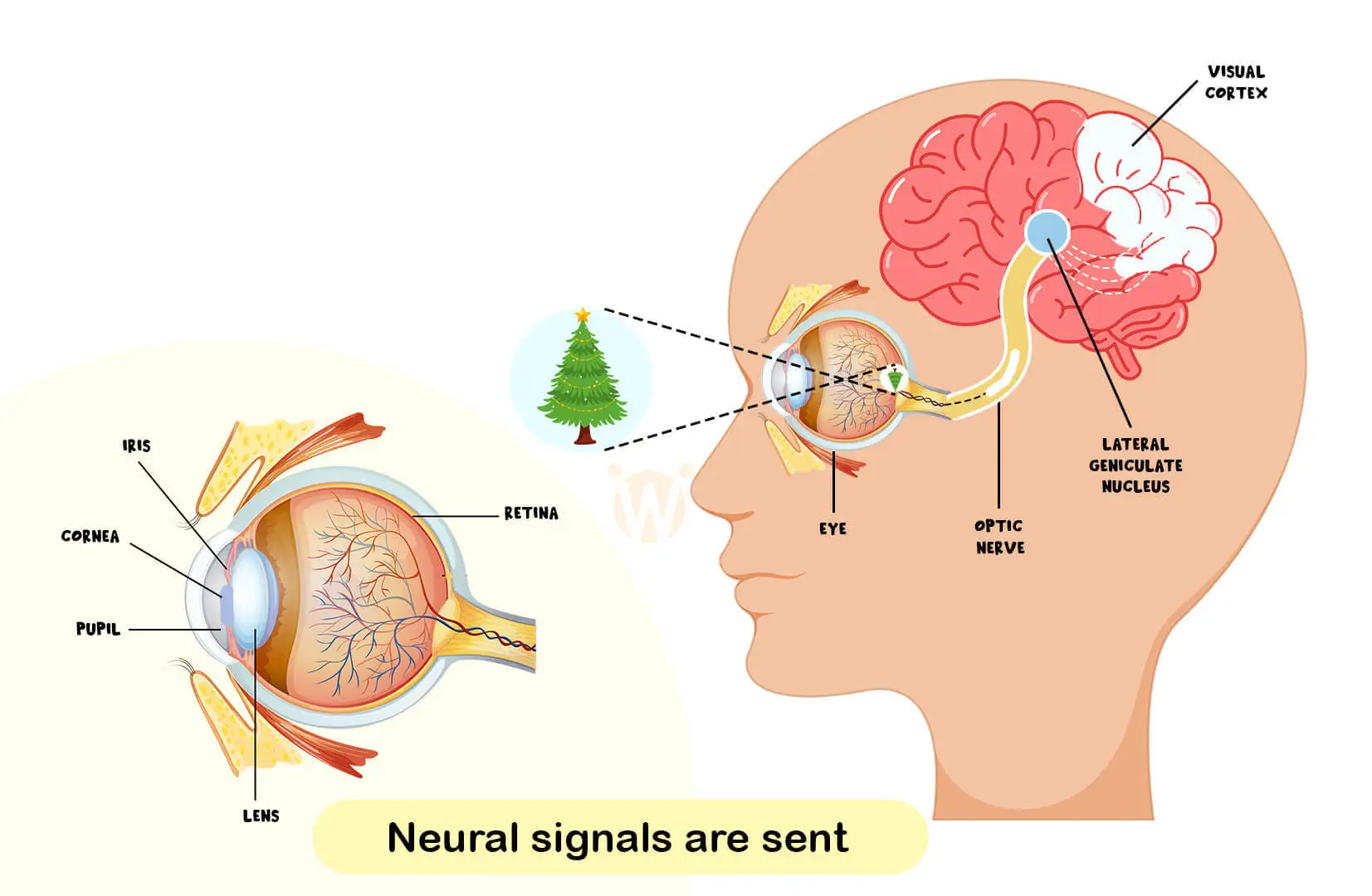
The Limitations of Auditory Commands:
When instructions are given purely in an auditory format, children with autism might struggle to process them effectively. Combining auditory and visual information, however, can lead to clearer comprehension.
The Versatility of Visual Cues
Visual cues can be incorporated into various activities and paired with verbal instructions to bolster understanding. They serve as supportive tools during tasks, promoting smoother execution.
Multiple Uses of Visual Schedules:
Visual schedules cater to various needs:
- Behavior modification
- Enhancing Special Education Techniques
- Improving communication
Teaching with Visual Aids:
Before introducing visual schedules, certain foundational skills should be established, such as matching and object identification.
Tailoring to Individual Needs:
Visual aids can be customized based on the child’s interests and abilities. Depending on their comfort with eye contact or their preferences, aids of different sizes and styles can be chosen.
The Concrete Nature of Visual Cues:
Visual cues, like “first,” “next,” and “then,” offer children a tangible sense of structure. This prepares them for the day ahead and provides a sequence they can rely on.
Advantages of Visual Communication Systems:
Overcoming auditory challenges
Visual schedules are a powerful tool for children on the autism spectrum. By leveraging their visual processing capabilities, we provide a structured, clear means of communication that facilitates more effective learning and lessens anxiety. This approach is versatile, suitable for individuals with varying levels of autism, and can even be beneficial for typically developing children. It is particularly crucial for nonverbal autistic children, enabling them to express their needs and reducing confusion and stress by offering concrete visual cues.
These visual supports can be used for various purposes:
- Understanding and comprehension: Visuals can simplify complex instructions, making them easier to follow.
- Providing structure: A visual schedule outlines the day’s activities, helping children to know what to expect.
- Predictability: Seeing what comes next in their routine can make transitions easier for children.
- Expression of preferences: Visual choices empower children to express their likes and dislikes.
- Reducing anxiety: Familiar visuals can provide comfort in unfamiliar or challenging situations.
Developing materials and tools utilizing visual cues is key to their success. These can include:
- Communication boards: Tailored to individual needs to facilitate day-to-day requests and responses.
- Daily and activity schedules: Helps children understand and manage their daily tasks.
- Time trackers: Visual time concepts can aid in understanding the passage of time and the concept of waiting.
- Visual calendars: Differentiate between days of the week and special events.
- School versus home schedules: Help distinguish between the routines in different environments.
- Visual cues for time of day: Morning, afternoon, evening, and night can be depicted to help children understand daily cycles.
- Teaching word associations and life skills: Visual aids can enhance comprehension and retention.
Accessibility is key, and thus, visual aids should be created in a variety of sizes and styles to cater to each child’s unique preferences, abilities, and comfort with eye contact. For example:
- Books: Portable and easily accessible; these can be thematic or general.
- Hangers: Visual schedules can be hung in a child’s room or classroom for easy visibility.
- Keychain visuals: Small, portable cues that can be carried and used anywhere.
- Box models: Can contain various visual cues and schedules for different parts of the day or activities.
These tools are not just for use at home. They can travel with the child to provide consistent support and reminders across different environments, reinforcing a sense of security and routine.
By emphasizing the advantages of visual communication systems, we acknowledge that many individuals with autism may find auditory processing challenging. Visuals are enduring; they remain in view and, thus, in mind, providing a constant reference. They deliver more information at a glance than speech, are not subject to interpretation like tone or sarcasm, and can significantly decrease anxiety. They prepare the child for what’s ahead, allowing for predictability and practice.
In summary, by integrating visual schedules into the daily lives of children with autism, we can enhance their understanding, provide consistency, and offer them the tools to navigate their world with more confidence and less anxiety.
Visuals are a form of communication, and it helps in understanding,
- Provide a structure
- What comes next
- Predictability
- Will increase expression of preference
- Reduce anxiety
Using these visual cues, we can develop the following material /tools
- Communication boards
- Daily Schedule
- Activity schedule
- Time trackers help to learn time concepts.
- Visual calendars
- School schedules vs. home schedule
- Time concept in terms of morning, afternoon, evening, and night.
- Teaching word associations
- Life skills
It can be made with different accessibility (the above-mentioned can be made in different sizes and styles). Therefore, according to the child’s interest and eye contact skills, sizes and models of the visual schedule can be chosen. Different models include books, hangers, key chains, box models, etc. Therefore, it becomes handy for parents to remind children in places other than home.
Example of visual cues (visual schedules)
First, next, and then, these are all special education tools that can be adapted into language training.
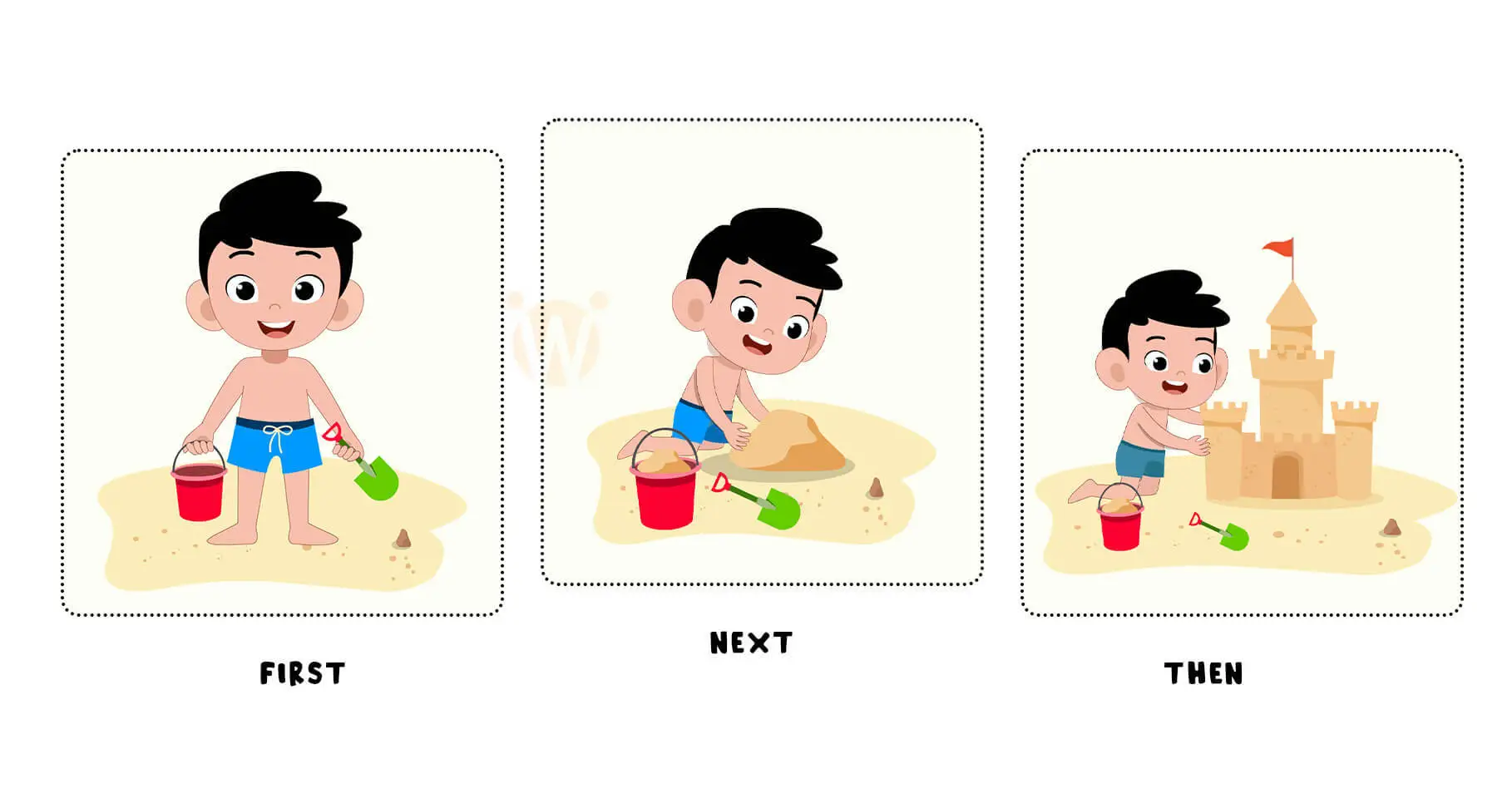
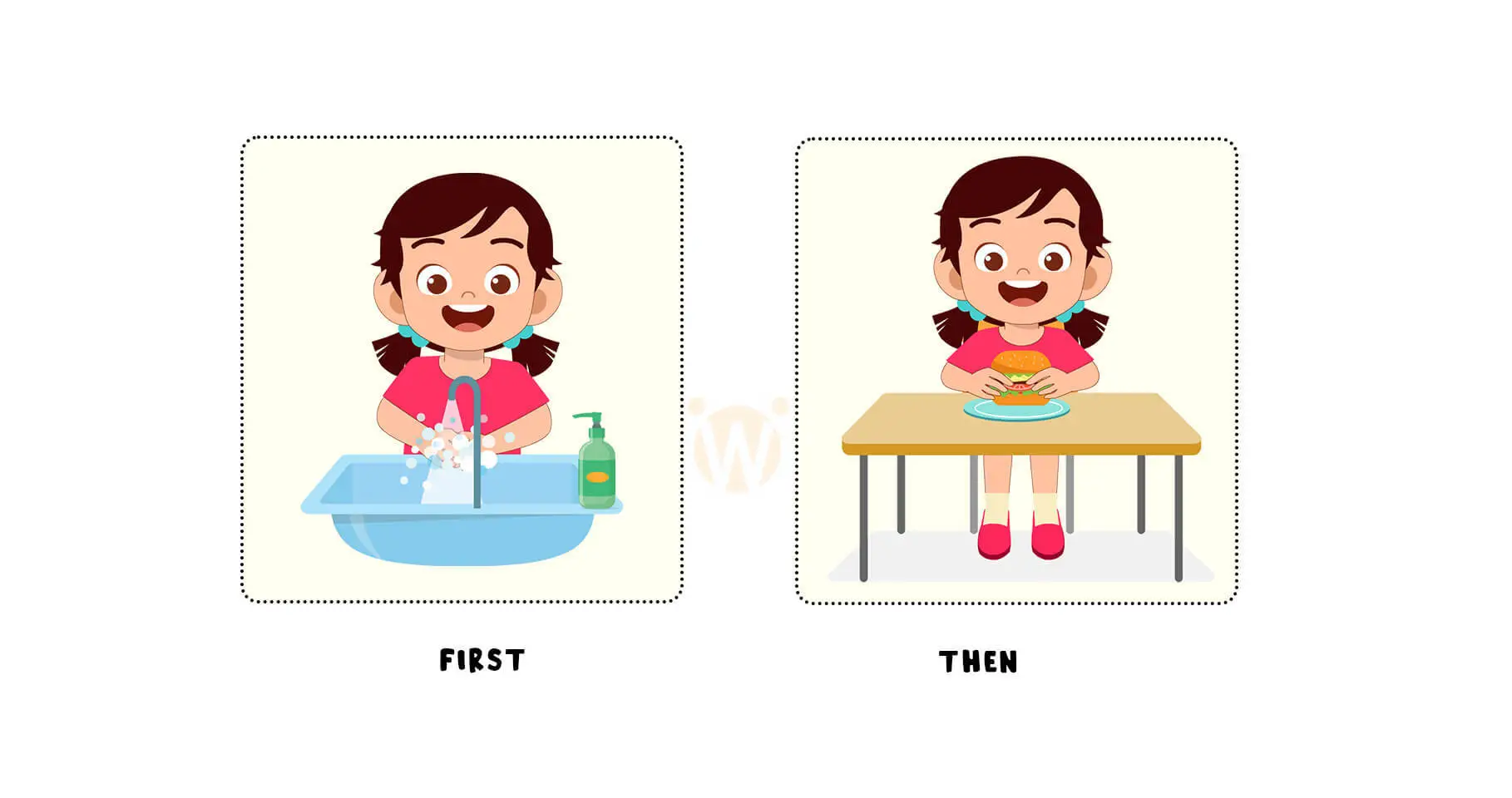
Visual communication systems’ advantages
- Most students with autism spectrum disorders have difficulty processing auditory information.
- Visuals have staying power
- Visuals give more information than speech alone.
- Visuals are more concrete
- There is nothing about tone of voice, sarcasm, etc., to interpret
- Visuals can help decrease anxiety
- These help the child to be prepared, predict, and practice.
Book your Free Consultation Today
Parent/Caregiver Info:
Client’s Details:
* Error Message

